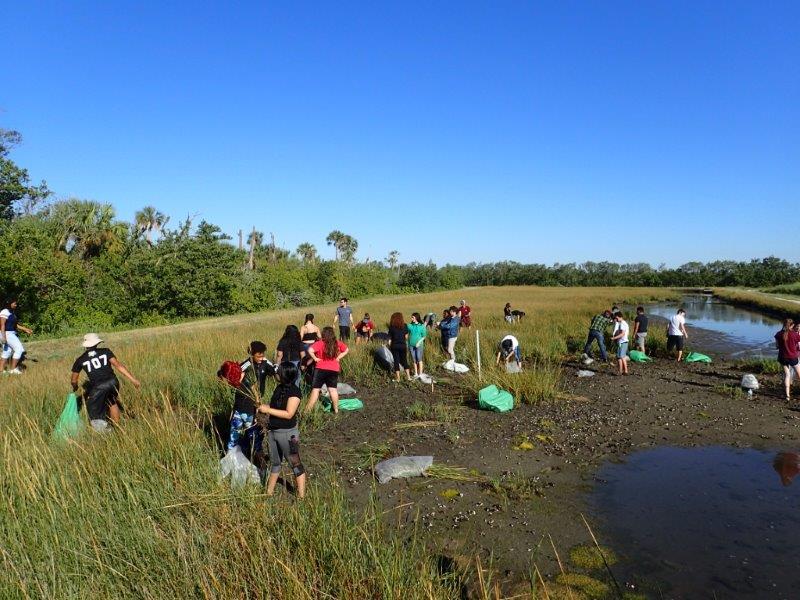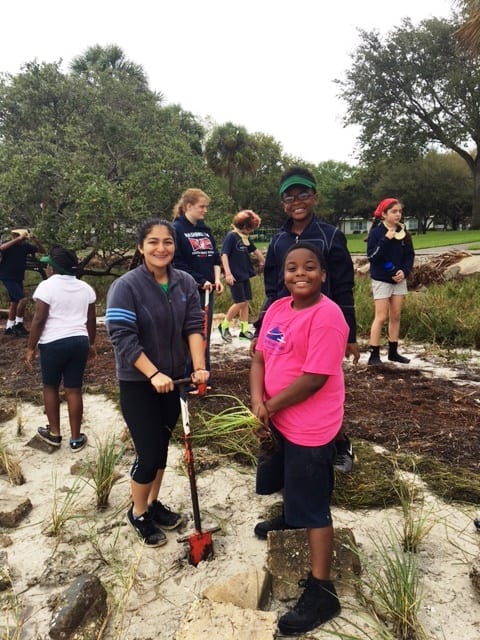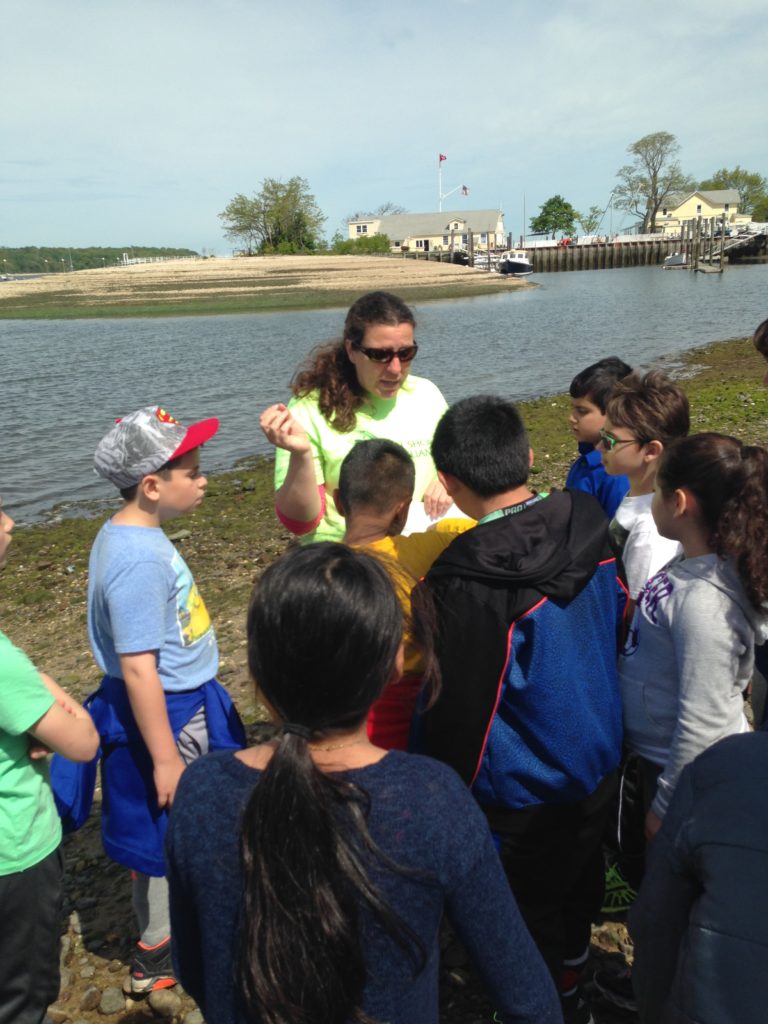Preparing the next generation to take on the task of protecting our water
By Dr. Mark Slavens, vice president of environmental affairs, ScottsMiracle-Gro
Kids love water. They are drawn to it by some innate force––to splash and jump and play. Whether it was a rain puddle, or a park stream, or waves at the ocean, I watched each of my boys as they grew embrace the water with an enthusiasm and love that seemed deep within them.
Children’s natural attraction to water should come as no surprise to us. Water is by far our world’s most precious natural resource. It’s critical to all living things, and while many people treat water like it is an endless supply, it’s not. Today, the world’s fresh water bodies are under pressure like never before, and pollution caused by nutrient runoff is an environmental crisis crippling our world’s most important waterways.
That’s why water stewardship has been ScottsMiracle-Gro’s number one environmental priority for the past two decades. A major part of our research at ScottsMiracle-Gro is focused on creating lawns and gardens that use less water and on developing products and consumer education efforts that reduce the possibility of harmful runoff in our communities. Over the years, we’ve made changes to our product formulations to eliminate phosphorus and increase slow-release nitrogen. We’ve improved our application devices to reduce product application on hard surfaces leading to runoff. And we’ve relentlessly educated homeowners and gardeners about how to use our products correctly, with the lowest amount of product application possible to achieve the desired results.
But, we don’t stop there.
The future health of our water supply depends on teaching the next generation––those same kids who are drawn to jump and play in the water––the deep value of our waterways and the importance of protecting them. We do this by supporting environmental organizations across the country that provide hands-on learning for thousands of children, allowing kids to experience firsthand the importance of protecting and conserving waterways in their community.
In June, we brought all fourteen of our environmental partners together in Annapolis for our National Partner Network annual meeting. It was a reminder to me of the incredible work these organizations are doing every day and of their collective power to create the next generation of water stewards.
We heard from our partner Tampa Bay Watch, who has worked tirelessly over the last 25 years to preserve the ecological balance of Tampa Bay, the largest estuary in the state of Florida that supports industry and agriculture for more than 2.4 million people. Their 20-year-old Bay Grasses in Classes program creates school wetland nurseries where students can plant, maintain and harvest salt marsh grasses to be replanted in key coastal areas. Each year, thousands of students work side-by-side with local scientists restoring Tampa Bay and experiencing environmental stewardship in its purest form. To date, Tampa Bay Watch has educated nearly 86,000 Florida youth on the bay’s ecosystem and estuarine ecology.

Tampa Bay Watch’s work has created a ripple effect that is much farther reaching than the west central coast of Florida.Their educational programs have inspired other leading environmental organizations, such as Ocean Research and Conservation Association (ORCA) in Indian River County, Florida and Galveston Bay Foundation (GBF) in Houston, Texas to create similar water stewardship programs for students.

The Galveston Bay Foundation’s Get Hip to Habitat initiative teaches 800 children a year about the Galveston Bay ecosystem and watershed. Throughout the school year, students harvest native estuarine marsh grass with GBF educators and set up mini-marsh grass nurseries on their school grounds. Students monitor their mini-marshes and then transplant the grasses at local marsh restoration projects in the spring. Every year, teachers remark how the program opens students’ eyes to the world beyond their neighborhoods and instills in them a deeper sense of pride and ownership of the bay.
At the National Partner Network meeting, we also heard from our partner North Shore Land Alliance who has educated 6,000 Long Island students about the sole source aquifer that provides their drinking water and feeds the streams, wetlands, bays and sound that make up Long Island. Through interactive lessons, children learn how their actions can directly affect the quality and quantity of the aquifer. “I never knew such a small percentage of our planet’s water supply is drinking water,” said one Long Island student. “I am not going to litter now because I want clean water.”

I cannot speak highly enough about the important work these organizations are doing. They are building on a child’s natural love for the water and using it to educate the next generation on how to protect our waterways. And they’re not alone. They join many other organizations across the country who are doing similar inspiring work. Together, these groups are directly creating tomorrow’s water stewards. Tomorrow’s marsh grass scientists. Tomorrow’s clean water policy makers. Tomorrow’s corporate responsibility leaders. And it’s critical we continue to support their work.
The future of our world’s water depends on it.

